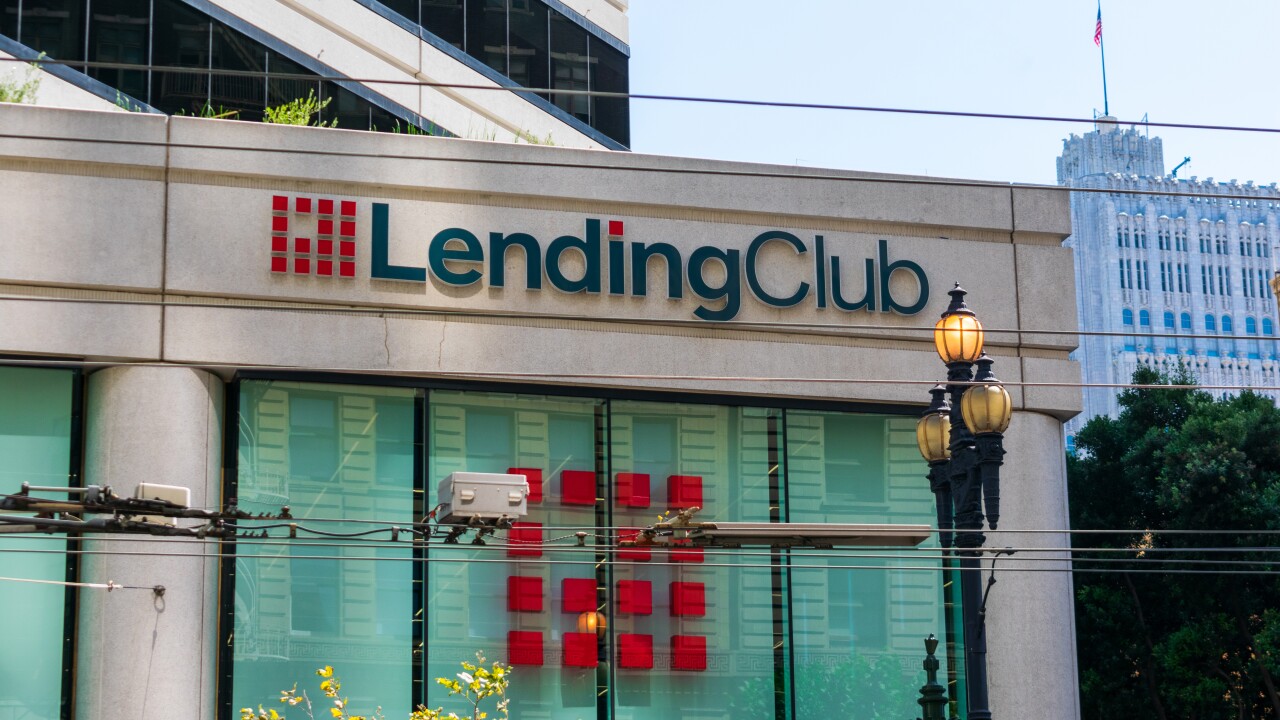U.S. credit card charge-offs ticked up in April, but Moody's Investors Service experts say it is merely an aberration in the general downward trend.
Moody's on May 21 said the U.S. average credit card charge-off rate will not hit bottom until the first quarter of 2013, upgrading an earlier forecast that called for the trough to occur in late 2012.
Massive card-account losses during the recession caused the average charge-off rate to hit its highest recent peak during the first quarter of 2010 at 11.15%, according to Moody's data.
"We think charge-offs will finally hit the floor in early 2013, based on present trends," Jeffrey Hibbs, a Moody's analyst, tells PaymentsSource. "There may be a few more blips where the overall charge-off rate rises for one or two months, but ultimately the average rate is heading further down."
The average charge-off rate for large card issuers with securitized assets rose 27 basis points through April 30 to 5.21%, from 4.94% in March, according to Moody's. The uptick was the result of a "significant increase" in Citigroup Inc.'s credit card charge-off rate. Citi was the only large issuer to see higher losses during April, Hibbs says.
Citi's charge-offs during April drove the industry's average loss rate higher, but Citi's credit card performance is on track to improve in May and in subsequent months, Hibbs says. This will likely drive the average charge-off rate down.
The average credit card charge-off rate will reach 4% by yearend and dip below 4% during the first quarter of 2013, Moody's said in its report.
"Citi had an uptick in delinquent credit card accounts about five months ago, which showed up in April as higher charge-offs, and because of a fluke of accounting due to there being fewer days in April compared with March, it resulted in Citi's charge-offs rising," Hibbs explains. "But Citi in recent months has seen lower delinquencies, and is on track to see lower overall charge-offs."
Lenders continue to see "extraordinarily" low charge-off rates in their securitized credit card trusts, Hibbs says, noting that card accounts in the trusts "tend to be highly seasoned, having weathered the recession intact."
More recently issuers are not securitizing new credit card loans, opting instead to fund fresh originations with consumer deposits, which are easy to obtain due to low interest rates, he says.
Card issuers also are "beginning to loosen underwriting guidelines" and originating more credit card loans to new borrowers, Hibbs says.
Recent credit bureau data corroborate that trend. But even within those new loans, lenders are being relatively conservative and card issuers' quarterly data show charge-offs are remaining relatively low, Hibbs notes.
"Even with new lending activity to potentially less-stable borrowers, it will be several quarters before we are likely to see any deterioration in overall credit quality," he says. "The industry is still firmly on a path to credit quality improvement."





